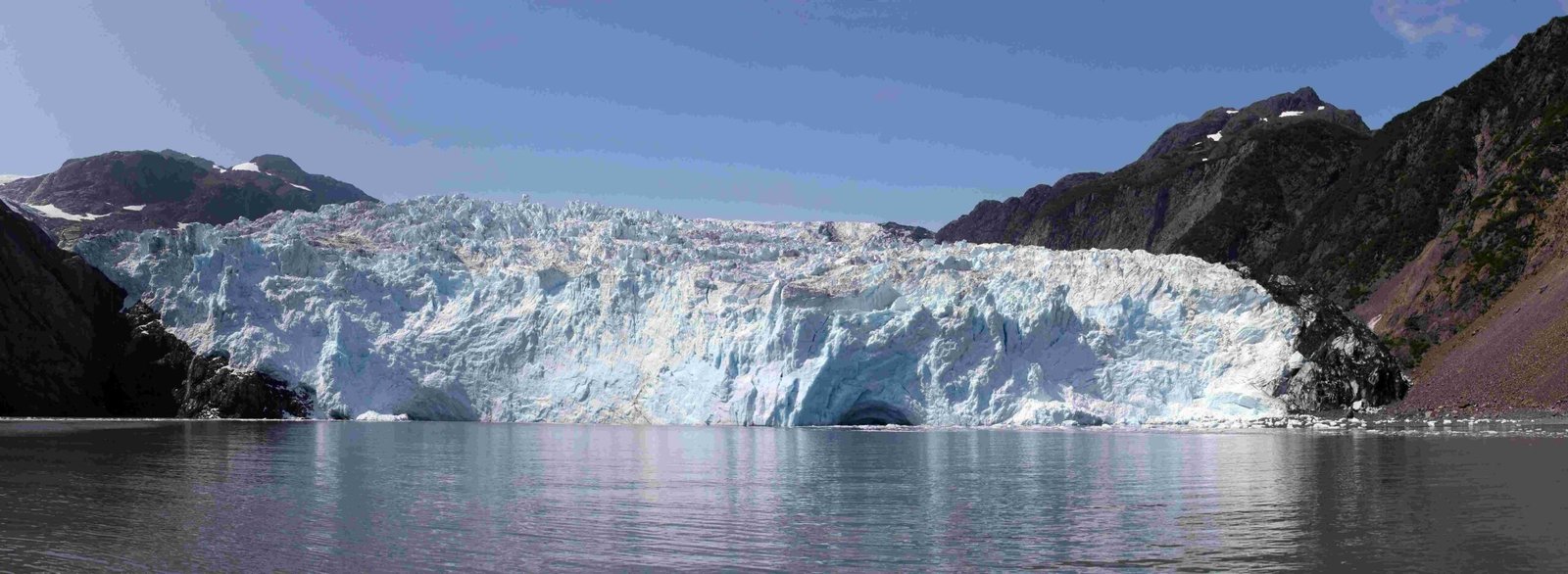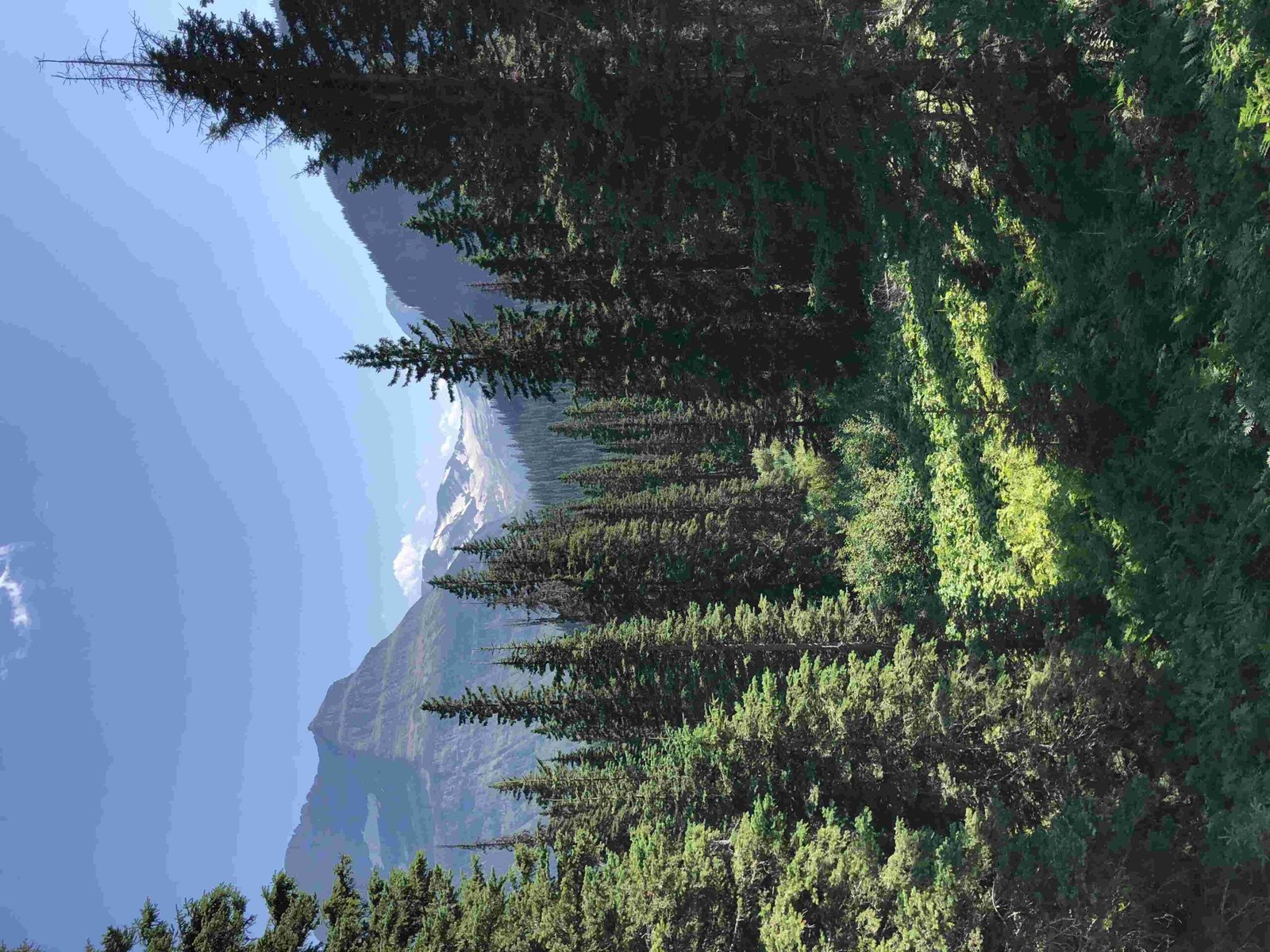Planning a road trip from Grand Forks, North Dakota to Glacier National Park? This comprehensive guide covers the best routes, travel times, and essential tips for your journey. The drive spans approximately 740-760 miles, depending on your chosen entrance, and typically takes 11-12 hours. You’ll traverse through scenic landscapes, from the plains of North Dakota to the majestic Rocky Mountains of Montana.
What is the Best Route from Grand Forks to Glacier National Park?

The most direct and popular route from Grand Forks to Glacier National Park follows US-2 West for the majority of the journey. Here’s a detailed breakdown:
- Start on US-2 West from Grand Forks
- Continue on US-2 West through North Dakota and into Montana
- At Shelby, MT, take I-15 North towards Great Falls
- From Great Falls, follow US-89 North towards Browning
- Near Browning, follow signs to your chosen park entrance (West or St. Mary)
This route offers a balance of efficiency and scenic views, taking you through charming small towns and vast open spaces before reaching the mountainous terrain near the park.
How Long Does the Drive Take?

The drive from Grand Forks to Glacier National Park typically takes between 11-12 hours, covering a distance of approximately 740-760 miles. However, several factors can affect your travel time:
- Traffic conditions, especially during peak summer months
- Weather-related delays, particularly in winter
- Construction or road work along the route
- Number and duration of stops for rest, fuel, or sightseeing
It’s advisable to plan for a full day of travel or consider breaking the journey into two days for a more relaxed pace.
What Are Some Notable Stops Along the Way?
While the focus is reaching Glacier National Park, the journey offers several interesting stops that can enhance your road trip experience:
- Theodore Roosevelt National Park (North Dakota)
- Fort Peck Lake (Montana)
- Great Falls (Montana)
- Lewis and Clark National Forest (Montana)
These stops can provide opportunities for brief explorations, scenic views, and a chance to stretch your legs during the long drive.
What Should I Pack for the Trip?
Proper preparation is key for a comfortable and safe journey. Here’s a checklist of essential items to pack:
- [ ] Vehicle emergency kit (jumper cables, flashlight, basic tools)
- [ ] First aid kit
- [ ] Snacks and water
- [ ] Comfortable clothing and layers (weather can vary)
- [ ] Maps or GPS device (cell service may be limited in some areas)
- [ ] Sunglasses and sunscreen
- [ ] Camera for capturing scenic views
- [ ] Hiking boots if you plan to explore Glacier National Park
How Can I Prepare My Vehicle for the Long Drive?
Before embarking on your journey from Grand Forks to Glacier National Park, ensure your vehicle is in top condition:
- Schedule a maintenance check-up
- Check and top off all fluids
- Inspect tires for proper inflation and tread depth
- Test the battery
- Replace windshield wipers if necessary
- Ensure your spare tire is in good condition
A well-maintained vehicle will help prevent unexpected breakdowns and ensure a smoother trip.
What Are the Best Times of Year to Make This Trip?
The ideal time for a road trip from Grand Forks to Glacier National Park depends on your preferences and priorities:
| Season | Pros | Cons |
|---|---|---|
| Summer (June-August) | – Peak season for park activities – All park facilities open – Warm weather |
– Crowded – Higher accommodation prices – Potential for wildfires |
| Fall (September-October) | – Beautiful fall colors – Fewer crowds – Mild weather |
– Some facilities begin to close – Potential for early snow |
| Winter (November-March) | – Stunning snow-covered landscapes – Winter activities available |
– Many park roads and facilities closed – Challenging driving conditions |
| Spring (April-May) | – Wildflowers blooming – Fewer crowds – Lower prices |
– Some roads and trails may still be snow-covered – Unpredictable weather |
Summer is the most popular time, offering full access to park facilities and activities. However, if you prefer fewer crowds and don’t mind some facility closures, early fall can be an excellent choice.
What Are the Entrance Fees for Glacier National Park?
As of 2024, the entrance fees for Glacier National Park are as follows:
- Private Vehicle: $35 (valid for 7 days)
- Motorcycle: $30 (valid for 7 days)
- Individual (on foot or bicycle): $20 (valid for 7 days)
Consider purchasing an America the Beautiful Annual Pass for $80 if you plan to visit multiple national parks within a year.
Are There Any Special Considerations for Driving in Montana?
When driving through Montana on your way to Glacier National Park, keep these points in mind:
- Montana has vast open spaces with long distances between towns. Plan your fuel stops accordingly.
- Wildlife on roads is common, especially at dawn and dusk. Stay alert and use caution.
- Weather can change rapidly, particularly in mountainous areas. Check forecasts regularly.
- Cell phone coverage may be limited in rural areas. Consider bringing a physical map as backup.
- Montana has a primary seat belt law, meaning officers can stop vehicles solely for seat belt violations.
What Accommodations Are Available Near Glacier National Park?
Glacier National Park offers a range of accommodation options to suit various preferences and budgets:
- In-Park Lodges:
- Many Glacier Hotel
- Lake McDonald Lodge
-
Rising Sun Motor Inn
-
Campgrounds:
- 13 campgrounds within the park
-
Mix of first-come, first-served and reservable sites
-
Nearby Towns:
- West Glacier: Gateway to the west side of the park
- East Glacier Park Village: Access point for the east side
- Whitefish: Larger town with more amenities, about 30 minutes from West Glacier
It’s advisable to book accommodations well in advance, especially if visiting during peak summer months.
What Are the Must-See Attractions in Glacier National Park?
Once you’ve completed your journey from Grand Forks, make the most of your visit to Glacier National Park by exploring these iconic attractions:
- Going-to-the-Sun Road: A 50-mile scenic drive across the park
- Logan Pass: Highest point on Going-to-the-Sun Road, offering spectacular views
- Many Glacier: Area known for its stunning lakes and abundant wildlife
- Lake McDonald: Largest lake in the park, famous for its crystal-clear waters
- Highline Trail: Popular hiking trail with breathtaking vistas
- Two Medicine: Less crowded area with beautiful lakes and mountain views
Remember to check park conditions and any reservation requirements before visiting specific areas, as some popular spots may require advance planning.
By following this guide, you’ll be well-prepared for an unforgettable road trip from Grand Forks, North Dakota to Glacier National Park. The journey itself becomes part of the adventure, offering a chance to experience the diverse landscapes of the American West before arriving at one of the country’s most spectacular national parks.
References:
1. Glacier National Park Official Website
2. Montana Department of Transportation
3. North Dakota Department of Transportation
4. Glacier National Park Lodges